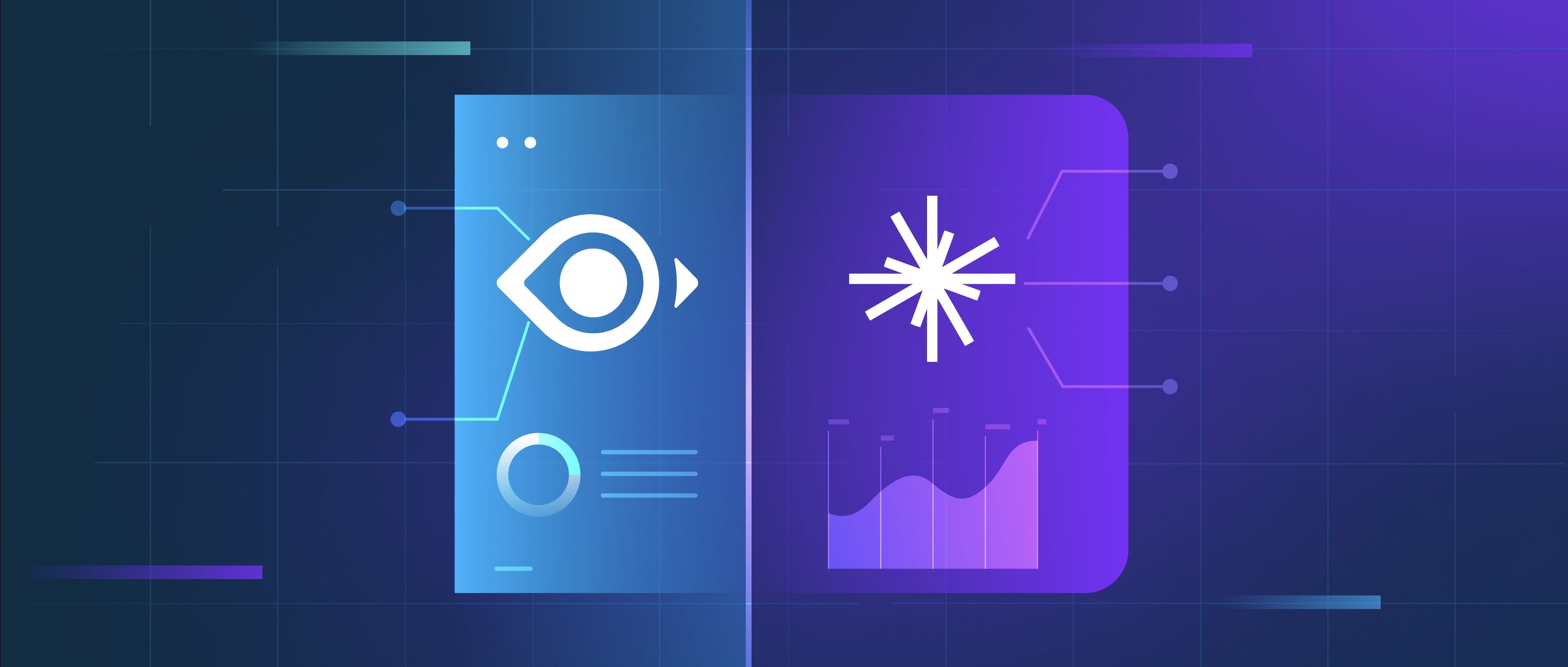Facebook uses a combination of several advanced algorithms for face recognition, primarily relying on deep learning-based approaches. The most important of these is the DeepFace algorithm, which Facebook developed to recognize and verify faces with high accuracy. DeepFace uses a deep neural network that analyzes facial features, such as the shape of the face, eyes, nose, and mouth, by training on millions of labeled images. This algorithm was trained on a large dataset of faces and is designed to recognize faces regardless of their pose, lighting, or background. Additionally, Facebook employs face alignment techniques to ensure that facial features are positioned consistently for better matching. The system works by first detecting the presence of a face using algorithms like Haar cascades or CNN-based face detectors, then extracting key facial features and comparing them against a stored database of faces to make a match. To further improve accuracy, Facebook uses triplet loss training methods, which are designed to minimize the difference between similar faces and maximize the difference between different faces in the embedding space. This approach allows for highly accurate facial recognition even under challenging conditions, such as varying expressions or partial occlusions. Facebook's face recognition system has been a subject of debate, especially regarding privacy concerns, leading the platform to adjust its use in different regions based on local regulations.
What face recognition algorithms are used by Facebook?

- Getting Started with Zilliz Cloud
- Exploring Vector Database Use Cases
- Natural Language Processing (NLP) Advanced Guide
- Retrieval Augmented Generation (RAG) 101
- The Definitive Guide to Building RAG Apps with LangChain
- All learn series →
Recommended AI Learn Series
VectorDB for GenAI Apps
Zilliz Cloud is a managed vector database perfect for building GenAI applications.
Try Zilliz Cloud for FreeKeep Reading
What is an example of using Sentence Transformers for analyzing survey responses or customer feedback by clustering similar feedback comments?
**Example of Using Sentence Transformers for Clustering Survey Responses**
To analyze survey responses or customer feed
How do SaaS companies measure ROI?
SaaS companies measure return on investment (ROI) primarily through the analysis of revenue generated compared to the co
How do AI drones operate in warehouse environments?
AI drones in warehouses operate by using computer vision and AI algorithms for navigation, inventory management, and ins